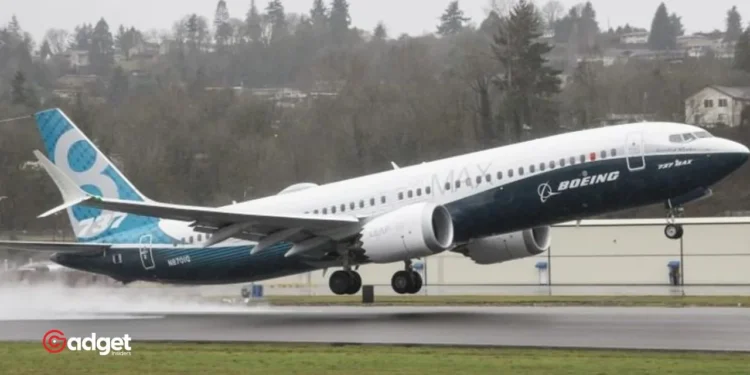In a recent development that underscores ongoing concerns about aviation safety, Boeing has been directed to implement significant systemic changes. The aerospace giant, known for its pioneering aircraft, faces increased governmental oversight following a series of safety incidents that have shaken public trust and corporate stability.
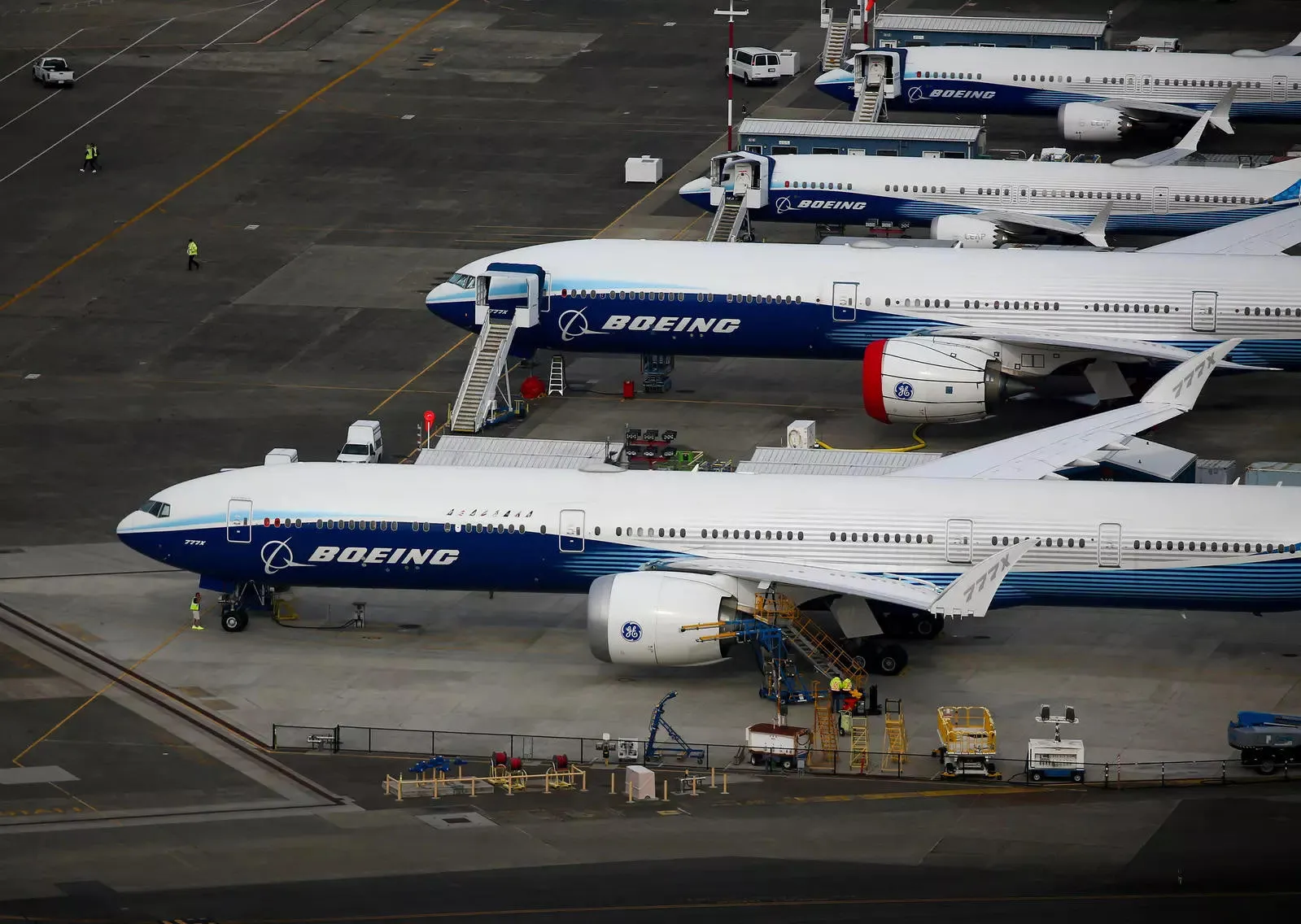
The Path to Restoring Confidence
At the heart of the matter is Boeing’s commitment to enhancing the safety protocols surrounding its aircraft production. This commitment was evident in a recent presentation to regulators, where Boeing outlined a series of measures aimed at improving the overall quality of its aircraft. Despite these efforts, the head of the Federal Aviation Administration (FAA), Mike Whitaker, emphasized the challenging nature of these changes. “That’s really the hard part,” Whitaker remarked, indicating a cautious approach to lifting the current production cap on Boeing planes.
A History of Concerns
The urgency for reform was highlighted earlier this year when an incident involving a Boeing 737 Max—where an unused door fell off during flight—brought to light the critical need for robust manufacturing practices. This incident is not an isolated event but part of a troubling pattern that includes the tragic losses of two 737 Max aircraft in 2018 and 2019, which collectively claimed 346 lives. These past accidents have cast a long shadow over Boeing, leading to intensified scrutiny and calls for a thorough overhaul of its safety and quality assurance processes.
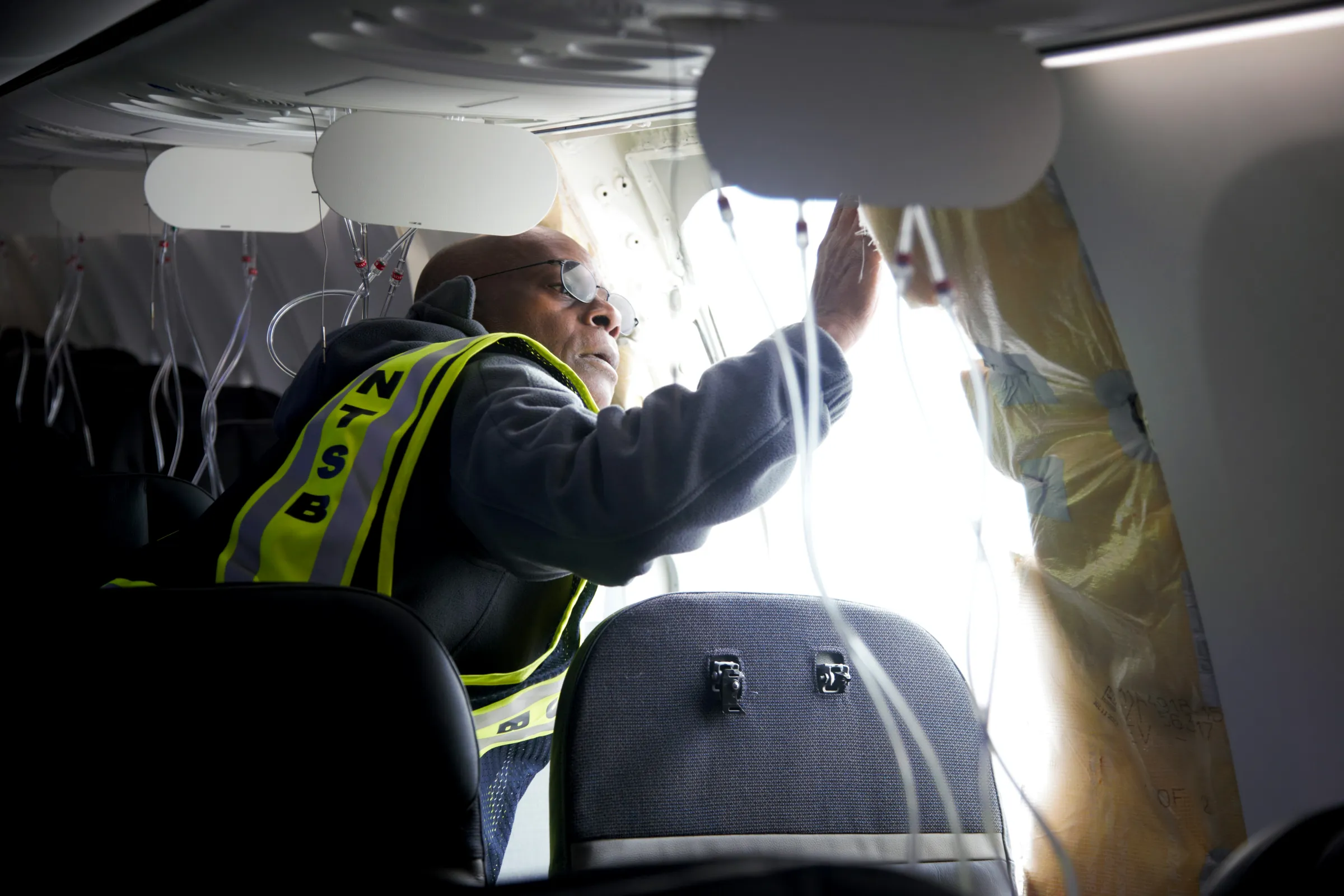
Implementing Systemic Changes
Boeing’s CEO, Dave Calhoun, assured regulators and the public of the company’s dedication to the rigorous execution of its new safety plan. “Many elements in the plan were already underway, and we are committed to its execution,” Calhoun stated. The company’s strategy includes slowing manufacturing paces, enhancing staff training, and re-introducing daily compliance checks. These measures are aimed at fostering a culture of continuous improvement and greater accountability, particularly at the managerial level.
Legal and Regulatory Challenges Ahead
However, the path forward is fraught with challenges, not least of which are the numerous lawsuits and the looming threat of criminal prosecution the company faces for not adhering to the terms of a previous settlement concerning the fatal crashes. Moreover, the FAA’s decision to impose a production cap and set a strict 90-day deadline for Boeing to develop a comprehensive plan underscores the severity with which the agency views the situation.
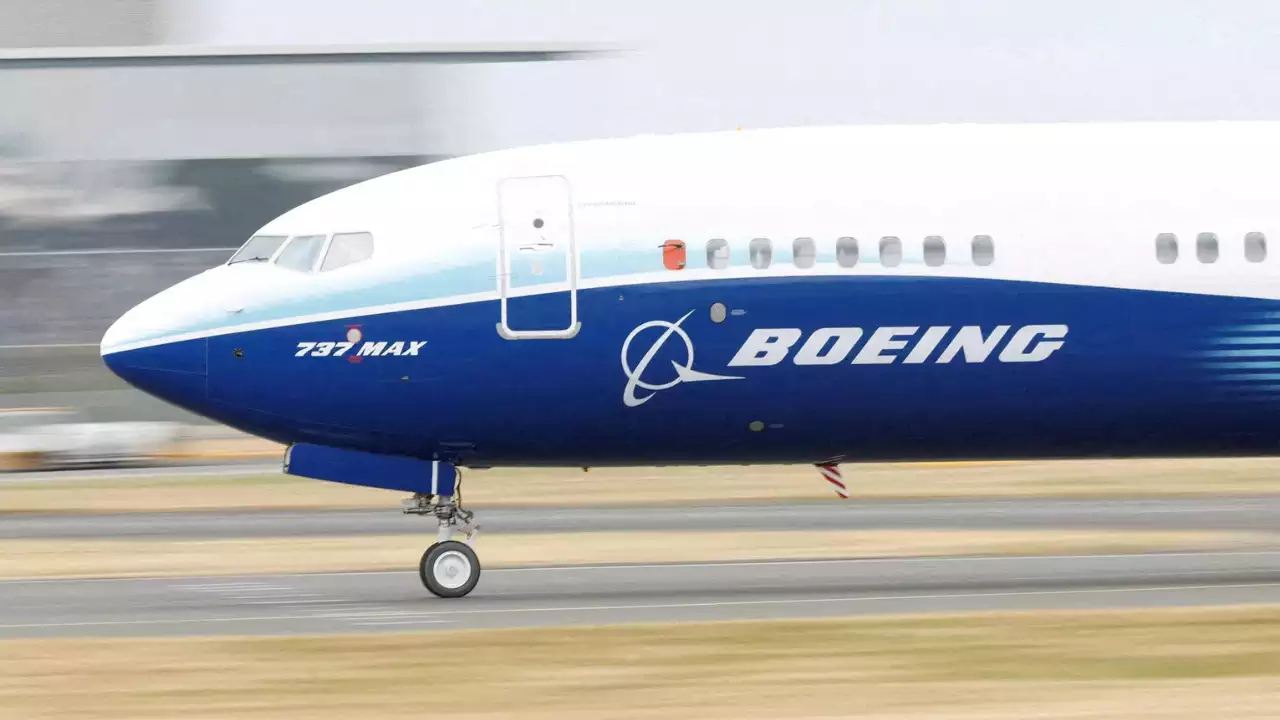
Expert Opinions on Boeing’s Efforts
The sentiment of recurring issues was echoed by Scott Hamilton, managing director of the aviation consultancy Leeham Company. Hamilton expressed his scepticism about the effectiveness of its recurring safety initiatives: “After the 2018-19 737 Max accidents killed 346 people, Company announced a litany of safety innovations, and here we are five years later still doing more safety initiatives.” This statement reflects a broader industry concern about the real progress Boeing has made towards fundamentally improving its safety standards.
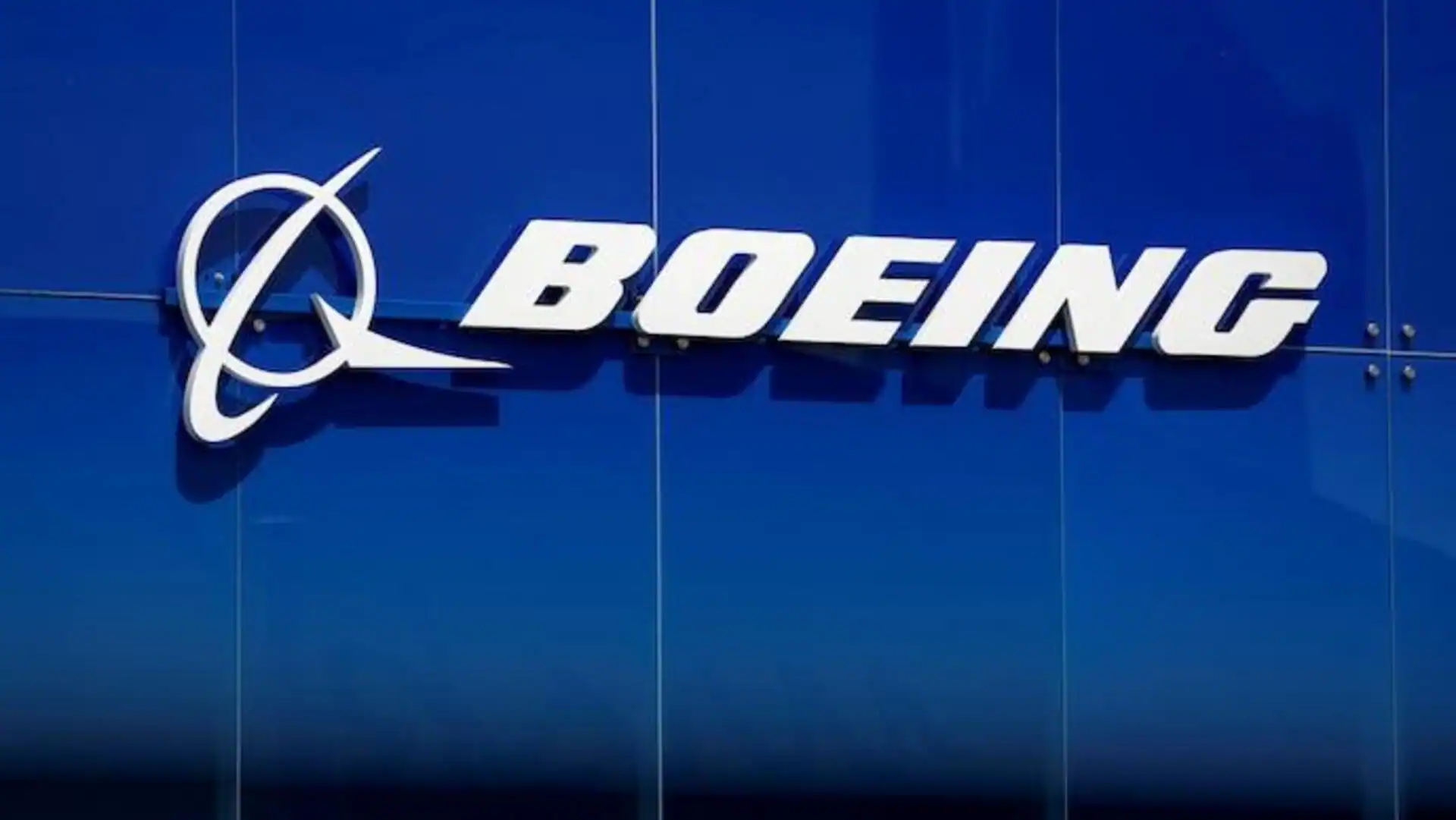
FAA’s Commitment to Oversight
Amid these concerns, FAA’s Whitaker reaffirmed the agency’s commitment to maintain rigorous oversight to ensure Boeing achieves the required safety standards. “Systemic change isn’t easy but in this case is absolutely necessary,” he declared, setting a tone of firm but necessary guidance to steer towards safer operational practices. This ongoing saga not only impacts the company and its operations but also sets a critical precedent for the aviation industry’s approach to safety and quality control. As Aerospace giant continues to navigate these tumultuous waters, the world watches closely, hoping for a future where such tragic incidents are a thing of the past.

